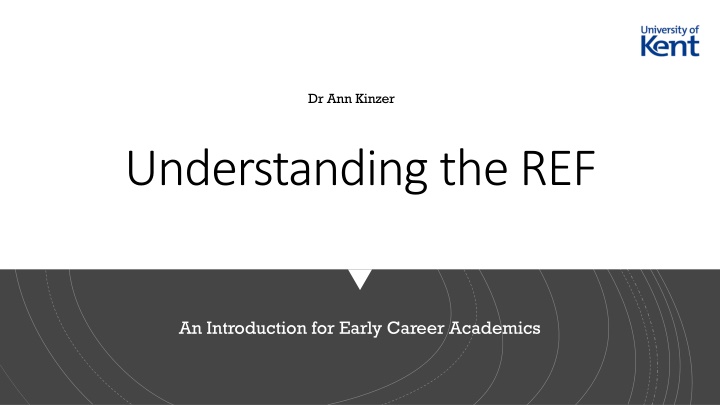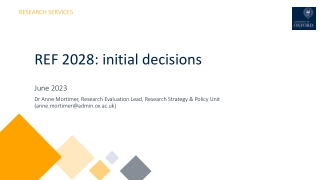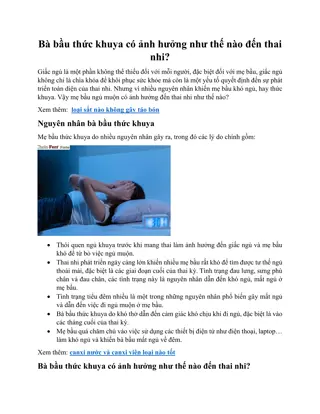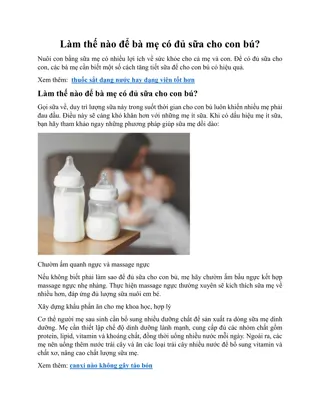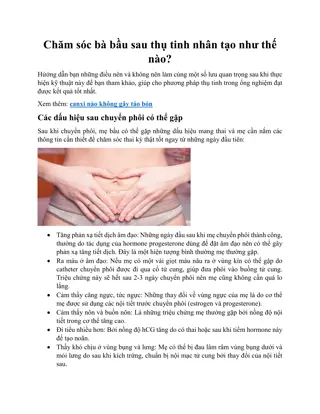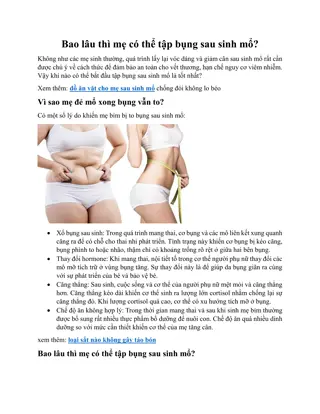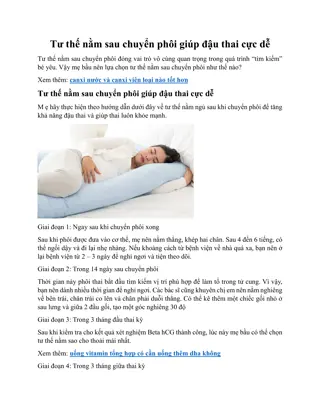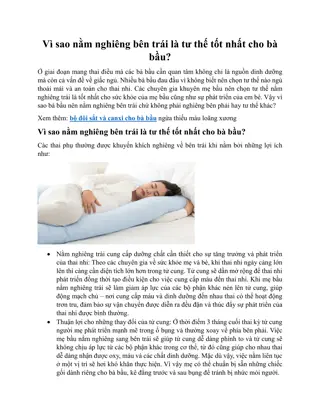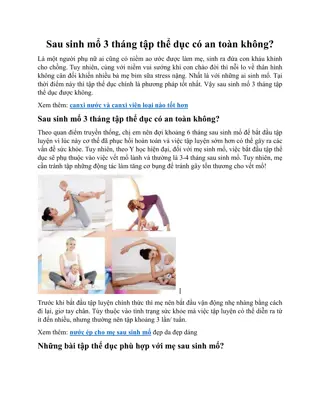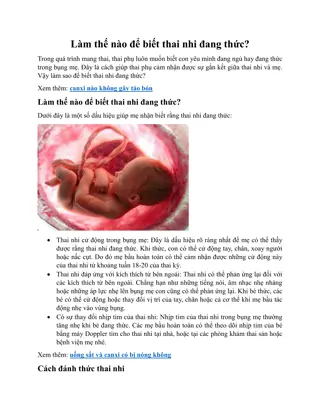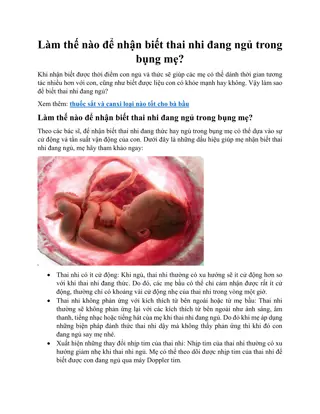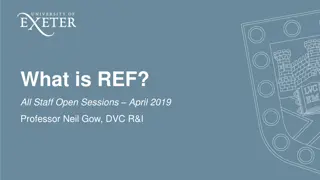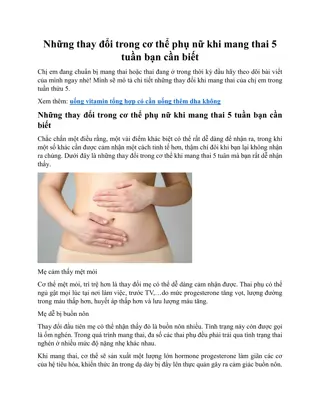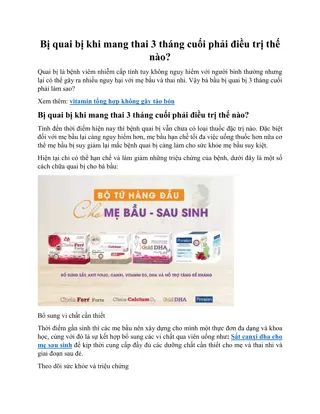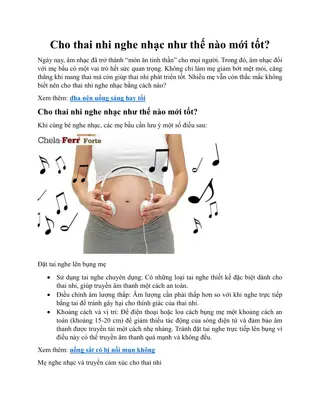Understanding the REF
Dive into the Research Excellence Framework (REF) to understand its history, components, eligible staff categories, and the importance of outputs, impact, and environment statements. Learn about the transferability of outputs in REF 2021 and the focus on impact in funding. Explore the possibilities for showcasing research outcomes and benefiting society beyond academia.
Download Presentation

Please find below an Image/Link to download the presentation.
The content on the website is provided AS IS for your information and personal use only. It may not be sold, licensed, or shared on other websites without obtaining consent from the author.If you encounter any issues during the download, it is possible that the publisher has removed the file from their server.
You are allowed to download the files provided on this website for personal or commercial use, subject to the condition that they are used lawfully. All files are the property of their respective owners.
The content on the website is provided AS IS for your information and personal use only. It may not be sold, licensed, or shared on other websites without obtaining consent from the author.
E N D
Presentation Transcript
Dr Ann Kinzer Understanding the REF An Introduction for Early Career Academics
RAE 1986, 1989, 1992, 1996, 2001, 2008 first iteration of REF in 2014 second iteration in 2021 3 components A short history of the UK s Research Assessment Outputs 60% Impact 25% Environment 15% grading of up up 4* results determine QR funding Rules may change (somewhat)
What are? Outputs Impact Case Studies Environment Statements Monographs (can be double weighted), peer reviewed journal articles, book chapters, edited book, creative outputs (artefacts, devices and products, exhibitions, performance, composition, design, software, digital or visual media), patents, confidential report, conference paper, research data base, website content, working paper, translation, other 2.5x FTE, minimum of 1 and max. 5 per eligible staff member 5-page documents demonstrating the effect on, change or benefit to the economy, society, culture, public policy or services, health, the environment or quality of life, beyond academia min. 2 per UoA, between 20-34.99 FTE 3, up to 50 FTE 4. documents showcasing the research environment of institution and each UoA (e.g. strategy for research and impact; people; income, infrastructure and facilities, collaborations and contribution to research base)
REF eligible staff Category A staff: academic staff with a contract of employment of 0.2 FTE or greater, on the payroll of the submitting institution on the census date, whose primary employment function is to undertake either research only or teaching and research Whose work can be submitted? Category C staff: individuals employed by an organisation other than an HEI, whose contract or job role (as documented by their employer) includes the undertaking of research, and whose research is primarily focused in the submitting unit
The good news: outputs are transferrable (REF2021) We are at the start of a new cycle, meaning everything you published as of 1 January 2021 will be useable (provided guidelines don t change) The bad news: impact stays with the institution where the underpinning research was created (underpinning research for impact can date back further than outputs and you need to have been REF eligible staff by the time it was created) it may be a long way off But: funding bodies increasingly wants to see impact If you are doing applied research, this really may be for you Doing public engagement, networking and being interested in impact can always open new doors And what about us?
What does this mean for you? Start networking! Focus on engaging with stakeholders, the public etc.
How do I make a start? How do I find the time?
Getting your work out there What are your publishing goals for the next few years? What are your priorities (remember: quality over quantity) Apart from publishing, what are you currently doing to get your work out there? And why? What more can you do to make your research visible? Is there perhaps something that you have always wanted to try (e.g. doing a podcast or writing blog)? Building your network Setting your goals and priorities for the new cycle Why is your work important and who has (or could have) an interest in your research outside academia? How could you reach out to and connect with these people? How effective are the strategies that you currently pursue? Defining success How does being a successful academic look to you? What is your key take away from today?
Can I actually see what my institution submitted to REF? Yes, the link to the 2014 submissions (including all case studies) is here. Publication of submissions to REF2021 will follow during the summer 2022. FAQ What if I want to learn more about impact and the various debates surrounding it? Impact types and indicators can be found here All official REF guidelines can be found here The University of Kent s Next Generation Impact Series may also be of interest to you.
Thank you! Danke! Merci! Gracias! Grazie! Te ekk ler! ! Asante! It s time for your questions
